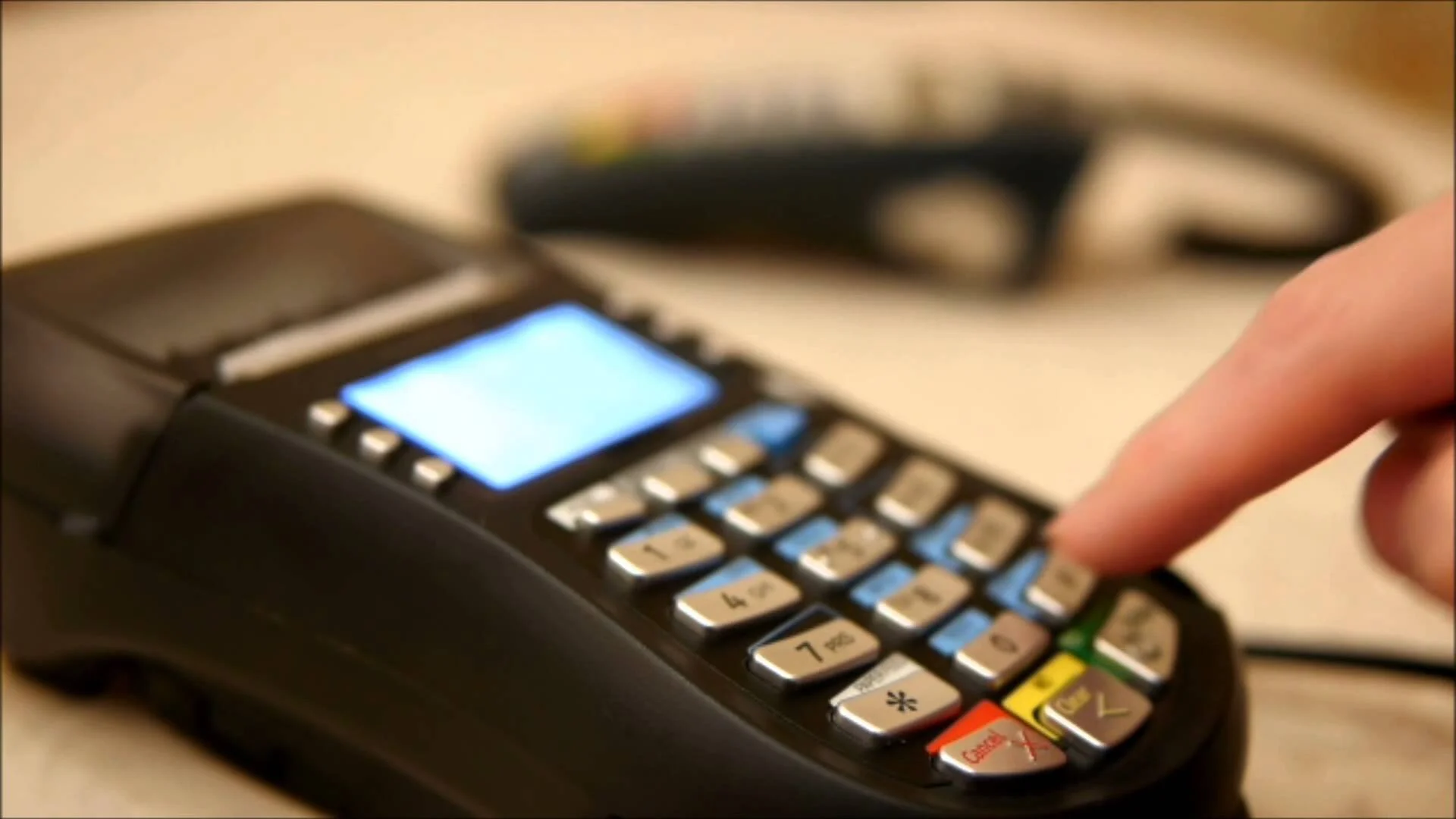Creating Successful Collaborative Project Proposals
We are pleased to share that Invent Design has been selected to support Biaccon Ltd. following a successful funding proposal for the Innovate UK COVID 19 competition.
In this blog, we will look in more detail at how together with Genmhor and Biaccon, we prepared a winning funded proposal successful for Innovate UK and the factors that contributed to its success.
The Vision
Biaccon’s vision was to support the restoration of consumer confidence in retail and hospitality sectors, supporting business and economic recovery by providing visible and effective disinfection of common touch points.
Creating a Successful Collaborative Project Proposal
Creating a successful collaborative innovation project proposal requires a structured approach, including:
· Business Feasibility - Clarifying the idea, market and business assumptions and identifying the key challenges to be overcome.
· Intellectual Property - searching the IP landscape to identify possible collaborators, competitors, and technological solutions.
· Building a Team - identifying resources and partners best positioned to tackle the key challenges identified.
· Technological Feasibility - understanding the likely performance and cost positions of the available and future technologies.
· Proposal Writing - putting it all together, meeting the competition requirements, whilst ensuring the proposal engages the audience and clearly concisely explains all required details.
Our Approach
Business Feasibility
The first step here was to test ideas and assumptions quickly and to obtain accurate market data. Key questions aimed at clarifying the value proposition were generated, for example:
· “How much will consumers value the retailer’s efforts to protect them?”
· “What short term solutions have businesses created or adopted to solve challenges?”
· What are the key challenges the idea must solve?
· “What will businesses be willing / able to invest in solutions?”
· “What other trends may impact the idea?”
Our team talked to consumers, retails, and industry leaders across the value chain. These discussions were combined with available market intelligence and analysis of available solutions identifying both potential competitors and potential collaborators.
Intellectual Property
When working with innovative technologies there is often the opportunity to protect key aspects of novel, inventive ideas. Additionally, a lot can be learned from understanding the technical and competitive landscapes. Our approach was to perform technology landscape searches using Patsnap.
This allowed us to quickly identify relevant patents, key inventors, and several competitors in the domain of disinfection. Following a gap analysis, a plan for intellectual property generation was crystallised allowing the team to articulate the risks and opportunities for the proposal.
The Collaborative Team
Having identified key challenges around demonstrating de-contamination efficacy of COVID-19 and the material compatibility of UVC light the next step was to identify:
1. Academic partners able to bring their substantial knowledge, expertise, and facilities to support the project.
2. Design and manufacturing partners with relevant expertise able to support the rapid design and manufacturing readiness of the idea.
Through a process of introduction, discussing aims and objectives the following collaborative team was formed.
Biaccon - Project Lead: Innovative SME
· The senior management team provide experience of technology development combined with commercial expertise crucial for exploitation into global markets. Previous contacts in the retail sector allow Biaccon to open doors and gain market access.
Octo -: User Needs Analysis & Product Design
· Industrial design and engineering team providing strategic design thinking to define problems and requirements, combined with the engineering capabilities to design-for-manufacture. Crucially, have previously designed LED-based products, overcoming challenges around optical and thermal management.
Invent Design Build -: Technical Project Management & Embedded Systems Design
· New product development engineering consultancy providing technical oversight for the program, electronics and firmware product design, intellectual property management, design for manufacture and product compliance / approvals.
University of Liverpool - Research Partner: Surface Science Research Centre (SSRC)
· SSRC, will supervise surface-sensitive analytical and imaging experiments to track any materials changes in chemical composition or surface morphology resulting from UVC exposure. SSRC will also evaluate microbial viability and survivability on test surfaces to confirm disinfection effectiveness of the UVC source.
CVR - Research Partner: MRC-University of Glasgow Centre for Virus Research (CVR)
· CVR, the national centre-of-excellence in virology research with state-of-the-art Class 3 laboratories will provide experimental design, trials management and data analysis at their COVID-19 Drug-Screening and Resistance Hub (CRUSH) facility.
European Circuits -- Manufacturing Partner (ECL)
· An ISO9001 certified, privately owned UK contract electronics manufacturer, European Circuits will collaborate with the design teams on design for manufacture and design for test before providing a full box-build of prototypes and trial product, allowing a rapid progression to volume manufacturing.
Writing a Winning Proposal
When defining a collaborative project with multiple partners, it is crucial to write a proposal that is clear, concise, and well-articulated. Critical elements of the proposal writing include:
1. First and foremost, specifically answering the competition questions posed and clearly demonstrating why this is a fundable project in need of funding support.
2. Identifying the work packages, discussing tasks, deliverables, and costs with partners to create a proposal that works for all parties.
3. Ensuring that the return on investment is well articulated and the further exploitation of the project has been fully considered.
The last step and our hot tip - peer review and approval before submission, always leave a little time for refinement of the proposal!



